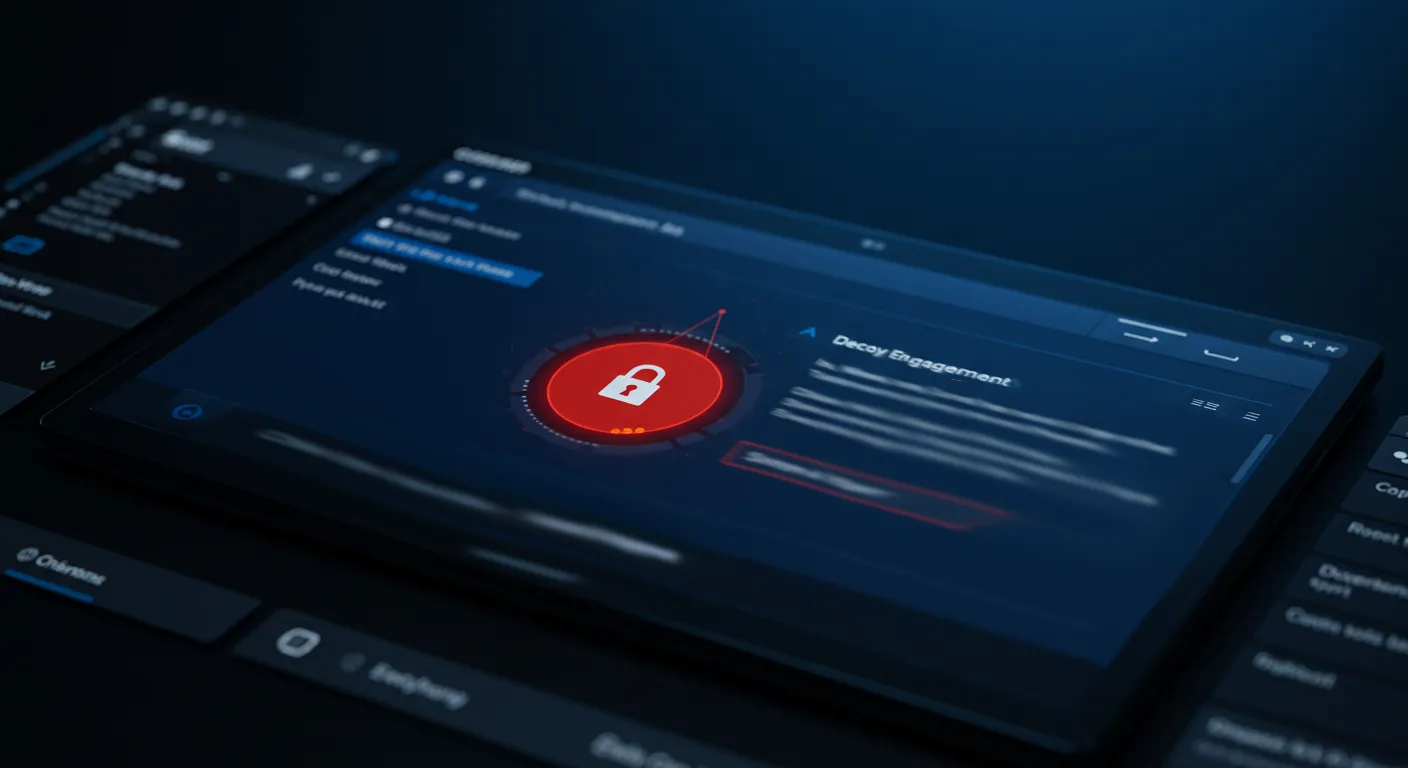Honeytokens
- Plant decoy credentials across IAM roles, users, and policies
- Detect misuse and privilege escalation attempts before damage
Honeytokens
- Deploy lures in EC2, containers, and VMs to surface unauthorized activity
- Expose attacker movement across compute services
Deception
- Insert decoys in metadata APIs, environment variables, and secrets stores
- Reveal access attempts targeting cached or embedded credentials
Threat Detection
- Detect misuse of functions, buckets, and object storage with embedded deception
- Surface stealthy reconnaissance and data staging tactics

Detect credential misuse inside cloud identity systems—before privilege escalation occurs.
- Embed decoy roles and user accounts in IAM policies and identity stores
- Detect unauthorized access, enumeration, and impersonation
- Catch abuse of over-permissioned roles and shadow admins
- Reveal intent-driven behavior without disrupting legitimate authentication

Expose lateral movement and attacker operations across compute services.
- Deploy decoys in EC2, containers, and VM instances
- Detect unauthorized login attempts, command execution, and file access
- Surface recon tools and post-exploitation activity
- Link attacker behavior to workload-specific compromise paths

Protect secrets hidden in metadata services and cloud-native stores.
- Insert deceptive credentials in instance metadata, Secrets Manager, and environment variables
- Detect credential harvesting and replay attempts early
- Expose automated tooling targeting cached secrets
- Gain visibility into non-interactive, stealthy access methods

Reveal attacker tactics across serverless functions and data stores.
- Deploy lures in AWS Lambda, Azure Functions, and GCP Cloud Functions
- Detect suspicious invocation patterns and unauthorized access
- Place decoys in S3 buckets and object storage to catch data staging
- Identify misuse of serverless services for lateral movement or exfiltration

What makes threat detection in the cloud challenging
Cloud environments are dynamic, identity-driven, and opaque to traditional tools. Attackers exploit gaps in IAM policies, ephemeral services, and unmanaged assets.
- Credential misuse rarely generates meaningful logs
- Lateral movement occurs via cloud-native APIs, not endpoints
- Privilege escalation paths differ across compute, IAM, and serverless layers
- Agent-based tools miss short-lived, containerized, or cloud-native resources

Acalvio uses AI-driven deception to embed purpose-built honeytokens across cloud workloads, identity stores, and services—without agents or complex configuration.
- Cloud-Native Deployment: Honeytokens are placed in IAM roles, storage, serverless functions, and workloads, creating tripwires for identity misuse and lateral movement.
- Agentless and Scalable: No need to install software. Coverage extends across multi-cloud environments and ephemeral infrastructure.
- Automated Setup: Domain-relevant honeytokens are dynamically generated and deployed, reducing manual effort and tuning.
- Built for SOC Integration: High-fidelity detections are enriched with adversary behavior context and delivered to your SIEM, SOAR, or XDR platform for fast response.
Strengthens visibility across dynamic cloud environments to catch threats early.
Reveal attacks that cloud logs and traditional detection miss—especially in ephemeral, serverless, and API-driven environments.
Deception deploys without agents or privilege escalation, enabling detection across workloads, storage, and IAM in AWS, Azure, and GCP.
Honeytokens surface identity misuse and credential-based movement that bypass security groups and native controls.
Frequently Asked Questions
Traditional tools rely on logs, agents, or signatures—which often miss lateral movement, identity misuse, or misconfigured services. Acalvio CDR uses high-fidelity deception to surface threats early, even in blind spots where telemetry is limited or absent.
No. Acalvio CDR is agentless and API-driven. It integrates directly with cloud control planes and infrastructure services—reducing operational friction while maintaining coverage across workloads, containers, and identities.
Credential misuse, lateral movement, unauthorized access to serverless functions, and attacks on unmanaged storage or service accounts—especially those that don’t generate logs or are outside EDR visibility.



